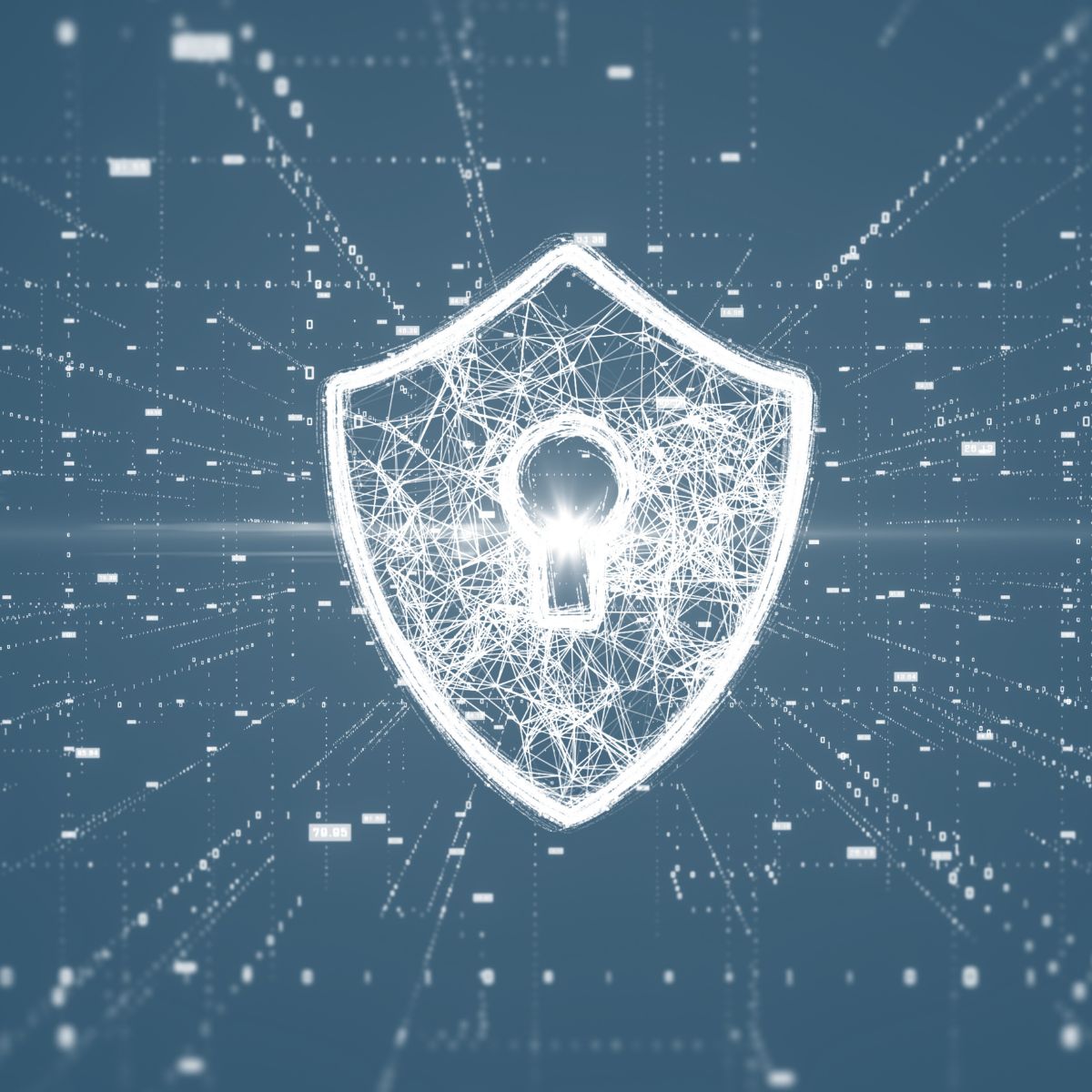
Privilege Deception: fake credentials, real security
Discover how Privilege Deception (EPM CyberArk) uses fake credentials to enhance security, monitor attacks and keep your business ahead of cyber threats.

Cybersecurity threats are all around us. One of the most damaging threats around is the cryptolocker. These evil programs target endpoints within a company’s network, encrypting vital files and resulting in hackers demanding ransom for their release. The impact is almost always catastrophic (when not dealt with rapidly). The good news is that there’s a solution: CyberArk’s Endpoint Privilege Management.
Endpoint Privilege Management (EPM) is your answer to endpoint protection headaches. It targets ransomware threats like cryptolockers, safeguarding all devices running Windows, Linux and macOS systems in your company.
One of the key features of EPM is application control, which allows administrators to decide which applications are permitted to run on endpoint devices, either through whitelisting or blacklisting. However, the real strength of EPM lies in its ability to handle unknown applications through its discredits feature. This feature will recognize an unknown application. The EPM then applies specific rules to govern its behavior. The application may be allowed to run, but with restricted access to the internet and to your local folders.
This proactive approach ensures that even if a cryptolocker infiltrates the system, it cannot encrypt or damage critical files. The keys are securely stored, rendering the ransom demand effective.

The importance of CyberArk’s Endpoint Privilege Manager (EPM) goes further than individual users. A Cryptolocker attack can cause a threat to businesses of all sizes, manifesting in financial losses, operational disruptions and compromised data integrity. EPM is the solution here. It’s an effective and efficient way to prepare yourself for a situation like that.
Not convinced yet? No worries, this is just the beginning! One of the most appealing aspects of EPM, besides the security, is its ease of implementation. Unlike some security solutions that require an extensive setup, EPM operates in the cloud. As an administrator, you can easily configure everything yourself. The white- and blacklist will be sent to an agent who will apply it to the endpoints.

For both administrators and users, EPM ensures smooth operations. Users can carry on with their tasks seamlessly while EPM quietly ensures their safety. If an unauthorized download occurs, users receive a pop-up notification. Need access to an unauthorized application? No problem. Simply request it through that same pop-up notification.
For example: let’s say you’d need to use Photoshop to design a new logo, but it’s neither on the white- or blacklist, then just request it and explain why you need to use it.. And that’s just the beginning, EPM has many other capabilities so make sure to keep an eye on our upcoming insights.

In conclusion, with EPM, businesses can make their defenses even stronger and reduce risks associated with ransomware attacks, in a very efficient and user-friendly way. It’s time to take proactive steps to protect what matters most: your data, your operations and your peace of mind.
Curious about what other things EPM has to offer? Interested in a demo? Contact us:

Discover how Privilege Deception (EPM CyberArk) uses fake credentials to enhance security, monitor attacks and keep your business ahead of cyber threats.

Learn how EPM’s Credential Theft Protection secures your digital access and get to know all about the key benefits for your business.

Discover the key takeaways from the CyberArk Impact World Tour 24 in Hilversum. Learn about the acquisition of Venafi, secret management, EPM & AI integration.

This website uses cookies so that we can provide you with the best user experience possible. Cookie information is stored in your browser and performs functions such as recognising you when you return to our website and helping our team to understand which sections of the website you find most interesting and useful.
Strictly Necessary Cookie should be enabled at all times so that we can save your preferences for cookie settings.
If you disable this cookie, we will not be able to save your preferences. This means that every time you visit this website you will need to enable or disable cookies again.
This website uses Google Analytics to collect anonymous information such as the number of visitors to the site, and the most popular pages.
Keeping this cookie enabled helps us to improve our website.
Please enable Strictly Necessary Cookies first so that we can save your preferences!
More information about our Cookie Policy